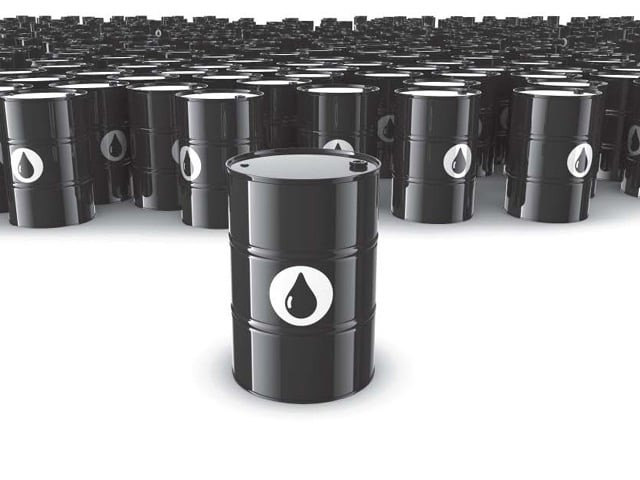Trade : Rising crude oil prices pressurise import bill
Rising international prices of crude oil have nearly drained the country’s external accounts.

Trade : Rising crude oil prices pressurise import bill
Rising international prices of crude oil have nearly drained the country’s external accounts, according to detailed import and export data released by the Federal Bureau of Statistics (FBS).
In the first eight months (July to February) of the current fiscal year, the total value of crude oil imports stood at $2.85 billion, compared with $2.29 billion in the corresponding period of the preceding year. A comparison of these two periods shows that the country paid 24.3 per cent more for crude imports, however, the increase in actual quantity of crude imported was only 5.49 per cent.
Similarly, imports of petroleum products registered a decline of 5.99 per cent in terms of quantity over the same period, but rising international prices swelled the import bill for petroleum products by nearly nine per cent to $4.36 billion in the July-February period of the current fiscal year.
Although international crude oil prices have spiked in recent months, analysts expect some respite in the trend, following lower demand for crude oil from Japan and a ceasefire announced by the government in oil producer Libya. At the same time, demand for ex-refinery products is expected to remain firm until Japanese refineries are brought back online.
Naphtha exports
Exports of naphtha from Pakistan have also dropped in recent months. The data shows that the cumulative quantity of two different grades of the hydrocarbon mixture exported from the country in the first eight months of the current fiscal stood at 895,588 tons, compared with almost 920,000 tons exported in the corresponding period of last year.
“Overall production of local refineries has been limited in the past few months,” said BMA Head of Research Hamad Aslam. He explained that the country’s biggest refinery, Pak-Arab Refinery (Parco) was shut down for almost two months in the wake of last year’s floods.
“Even after production resumed, Parco was plagued by circular debt, which resulted in relatively muted production levels,” he added.
Naphtha is a by-product of crude oil, obtained through refineries. The substance is used for making paraxylene, which is in turn used to make polyester fibre utilised by the textile sector.
“Our refineries cannot control the proportion of different petroleum products made in the refining process, so even though there is no capacity to make paraxylene in the country, we cannot reduce the production of naphtha for other variants,” said Aslam.
The analyst explained that naphtha is exported at relatively cheaper rates, only to be imported in the form of paraxylene which is a lot more costly.
While the quantity of naphtha exports has not registered a significant increase, rising prices helped shore up the export value. During the July-February period of FY11, $698.7 million worth of naphtha was exported, compared with exports of $609.8 million during the same period last year.
Experts point out that if investments are made in building capacity for value addition of this hydrocarbon into paraxylene or polyester staple fibre, the returns on exports of the material may be substantially higher than present levels.
Published in The Express Tribune, March 19th, 2011.


















COMMENTS
Comments are moderated and generally will be posted if they are on-topic and not abusive.
For more information, please see our Comments FAQ